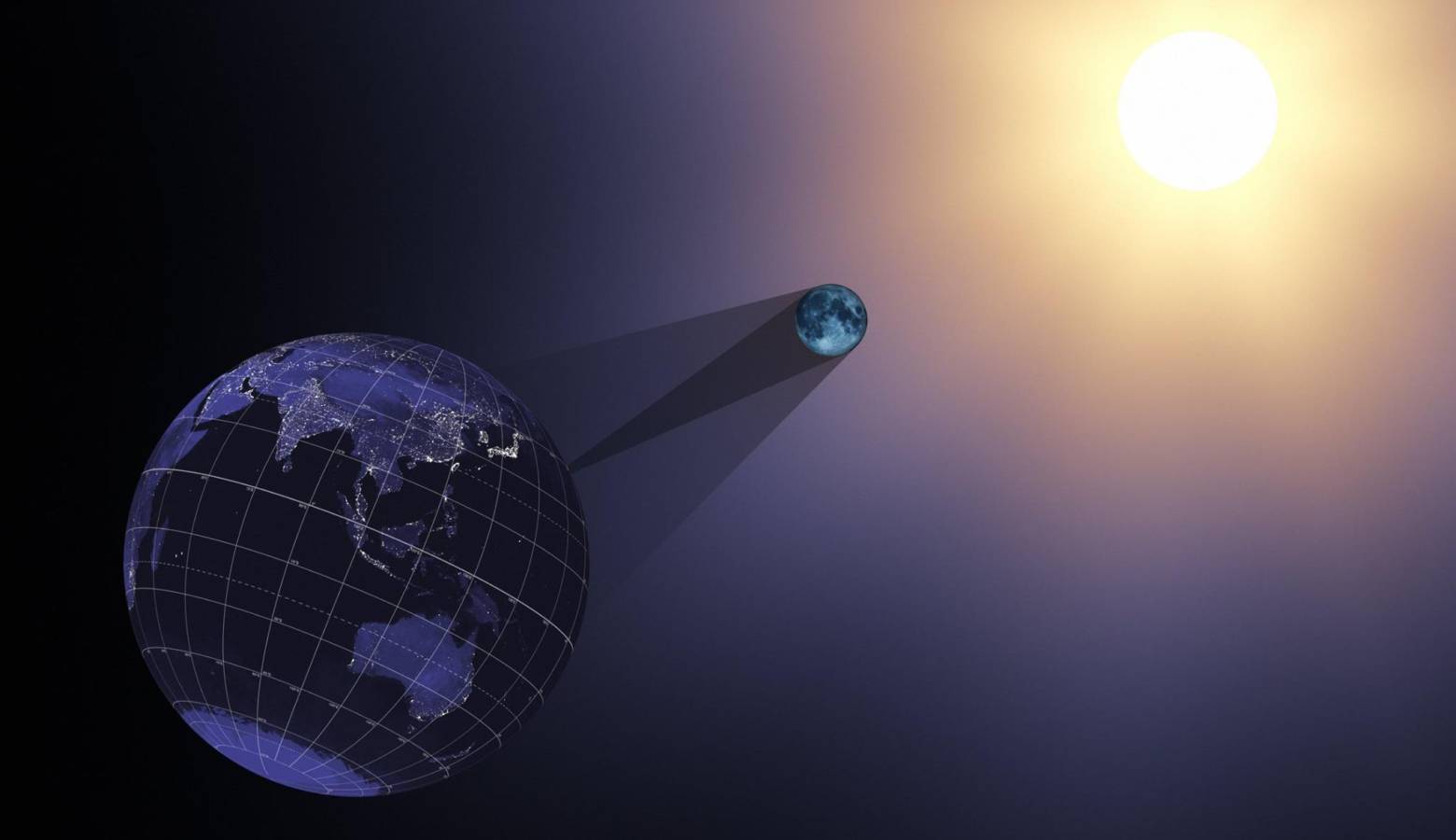The “Great American Solar Eclipse” Arrives Monday; BSU’s Planetarium Director Has Viewing Tips for You

The “Great American Solar Eclipse,” as it is being called, will cross the 48 contiguous states of the U.S., Monday afternoon — the only place on the planet the eclipse will be seen. In Muncie, around 90% of the sun’s surface will be covered by the moon traveling between the Earth and our sun. Totality, or 100% coverage will extend on a narrow path from Oregon to Missouri, Kentucky, Tennessee to the coast of South Carolina.
Dr. Ron Kaitchuck, the director of Ball State’s Charles W. Brown Planetarium spoke with IPR’s Stan Sollars this (Thursday) morning on Morning Edition about Monday’s celestial show.
Ball State will hand out free solar eclipse glasses from 9-11 a.m. Monday at the Scramble Light at McKinley and Riverside, and at the Art and Journalism Building Atrium. The Atrium is on McKinley just north of Riverside. An eclipse viewing gathering starts Monday at 2 p.m. on the Ball State Campus Green — the lawn in front of the Miller College of Business, near the Shafer Carillon and the Letterman Building. Any remaining pairs of solar eclipse glasses will be provided to attendees. Maximum darkness in Muncie will be at approximately 2:25 p.m.
To keep track of cloud coverage where you hope to see the eclipse, a real-time, visible-light, satellite view of the U.S. is available at: weather.rap.ucar.edu/satellite. By clicking on your part of the country, a closer, high-magnification view, appears.
The next solar eclipse visible in Indiana won’t be until April 8, 2024, but it will be spectacular. Muncie, Indianapolis, and other parts of Indiana will be in a total solar eclipse — 100% coverage.

